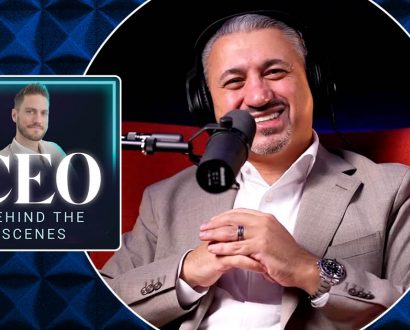Gabby Bernstein believes confidence isn’t something we perform – it’s something we reclaim. And at a recent Florence Guild Presents event at Work Club Chifley Square in Sydney – part of a curated series designed to spark deep, human conversations – The New York Times bestselling author reminds the audience that authentic leadership begins with presence.
“Confidence is the quiet knowing, and fake confidence is the loud pretending,” Bernstein says. “And that quiet knowing is a genuine belief of worthiness.”
The event, part of Bernstein’s Australian tour promoting her latest book Self Help and the relaunch of her newly edited third edition of The Universe Has Your Back, brings together executives, creatives and changemakers to explore a deeper kind of power, rooted not in performance, but in self-awareness.
What does confidence look like?
Bernstein gets straight to the nitty gritty of the evening with a single question: “What does confidence look like to you?”
For a moment, the room is silent. But the Nordic-inspired space, with its warm lighting and floor-to-ceiling windows, holds the stillness like a breath.
Then a voice breaks through, “It looks like those shoes, Gabby!”
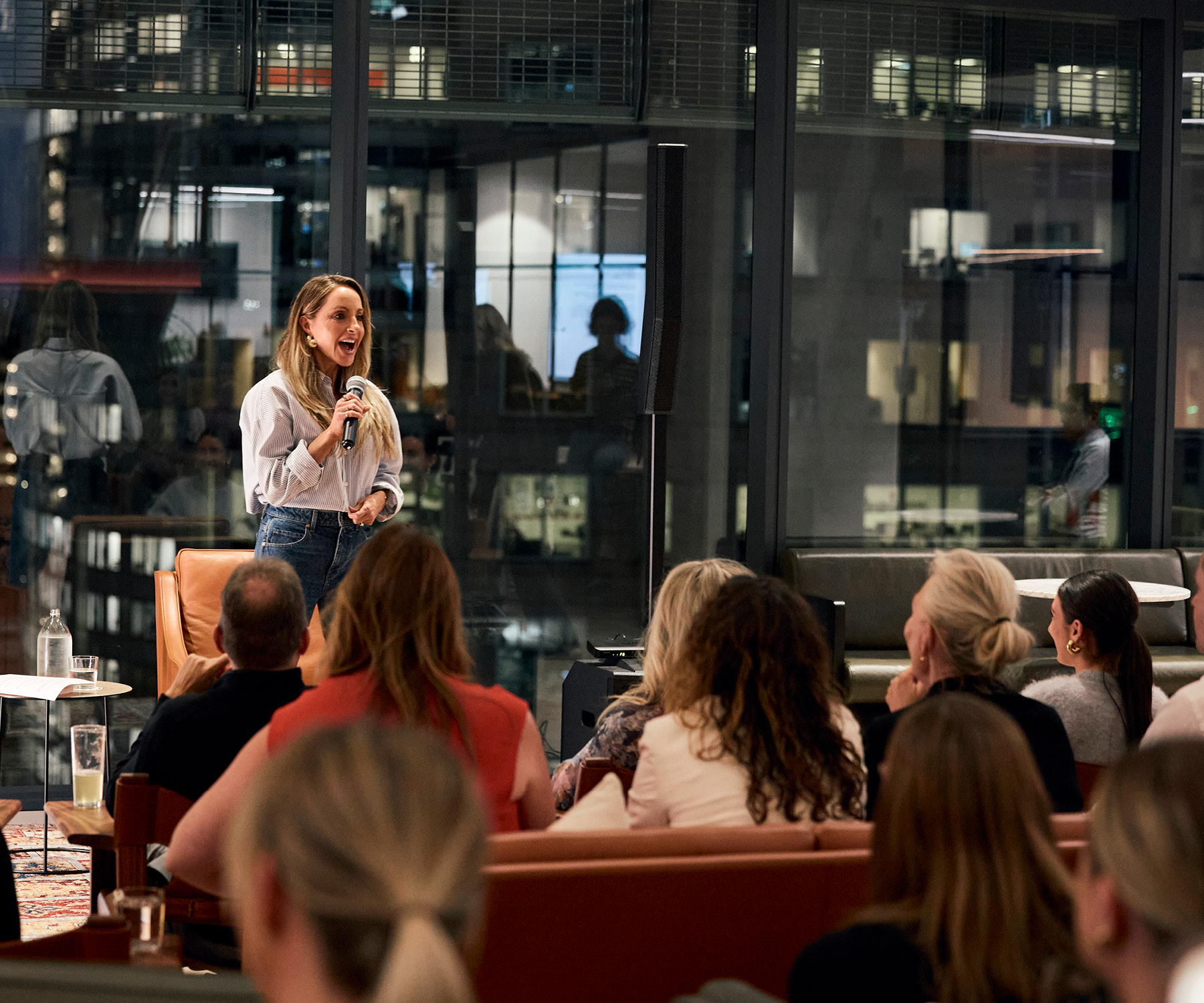
“Confidence is the quiet knowing, and fake confidence is the loud pretending.”
She smiles. On her feet: shimmering Isabel Marant heels – metallic, snakeskin-textured, sharp-pointed, with sculptural bows.
Laughter ripples through the room and Bernstein smiles. Just like that, the tension lifts. And responses begin flowing from the audience:
“Behaving in a way and never questioning the behavior.”
“Living your authentic life in the most authentic way you can.”
“Taking responsibility for your actions.”
“Comfort and ease.”
“Calm and peace.”
Bernstein nods. “How many of you feel as though you have access to that confidence?” she asks.
The answers came in murmurs; some unsure, others quietly reluctant – the perfect opening for a story.
The hidden parts holding us back
Bernstein opens up about an experience she had earlier that day.
“There was a lovely woman sitting across from me at brunch today and she said, ‘Gabby, I don’t know what came over me, but I put on a thousand outfits before I came here today.’
“I responded, ‘Girlfriend, chill. We’re having lunch – you don’t need to get dressed up.’”
Despite the woman’s beauty and vibrant energy, Bernstein notes that she still felt the need to prove something. That’s when she got ‘Gabby’d’.
“I said, ‘Has this happened to you before?’ She said yes. So I asked, ‘How old is that part of you?’” Bernstein recalls.
“She opened up, ‘Just a little girl.’
“And I said, ‘Oh yeah, that little girl has worked really hard to try to fit in, be confident and be seen.’”
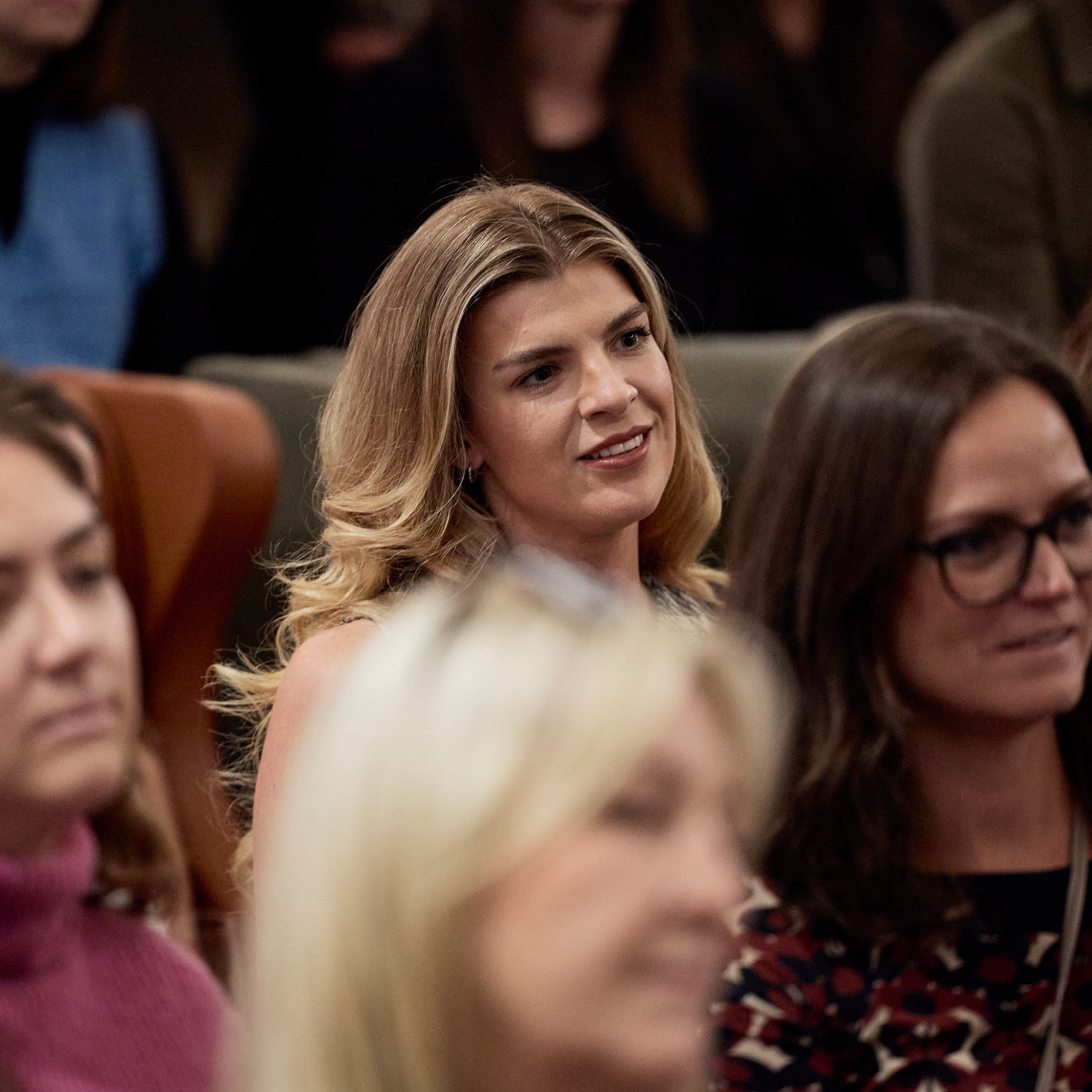
“The parts of us that are misaligned with our confidence are the younger parts of us.”
Back in the room, Bernstein asks, “Does that resonate with you?” A collective yes fills the space.
“The times when you’re out of alignment with that confidence, how do you feel?” she asks.
Responses began flooding the space. “Anxious.” “Doubtful.” “Frantic.”
Bernstein then encourages the audience to pause and reflect.
“How old is that part of us? Has it been around forever? When does it come out? What makes it come out?”
She explains, “The parts of us that are misaligned with our confidence are the younger parts of us. They’re parts of us that are, oftentimes, a burdened part of who we are.
“They’ve been around for as long as we can remember, and they’re going to keep showing up until we show up for them.”
Undoing the story
These stories and beliefs are ingrained, she continues.
“Some are cultural, some happen as children,” Bernstein teaches.
“These moments of feeling inadequate and not good enough. We carry these burdened beliefs of ‘I’m not good enough the way I am’, ‘I am unlovable’ and ‘who am I to be seen?’”
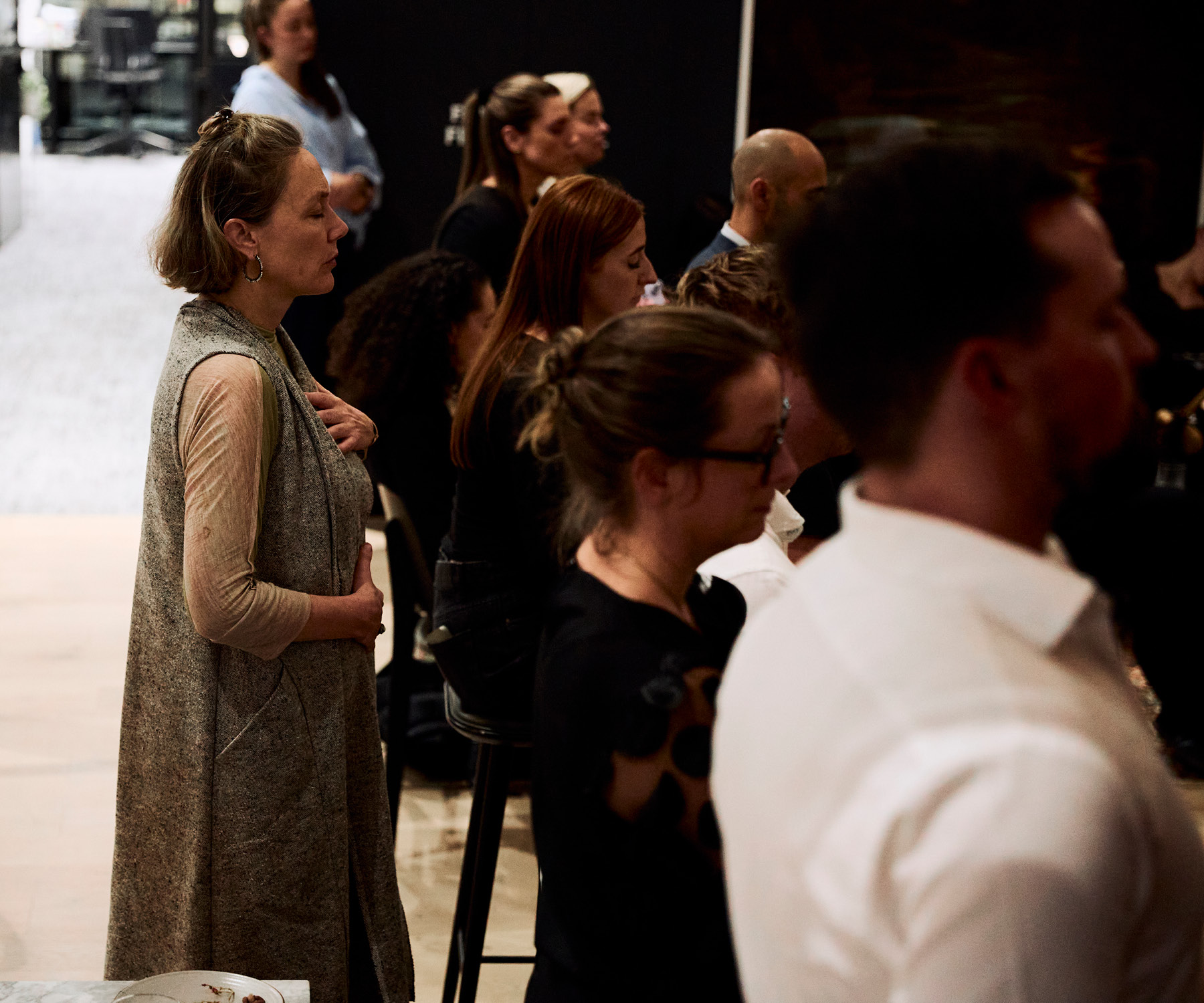
“These burdened beliefs can be rewired. They can be undone, transcended and transformed.”
However, Bernstein says those beliefs can be rewired.
“We came into this world calm, creative, clear – just perfect babies entering the world, and everything was bliss and all was well. The self-energy was alive in all of us.
“And then boom – mom didn’t pick us up the right way, the boy in the classroom said we were stupid. These burdened beliefs can be rewired. They can be undone, transcended and transformed.”
A personal reckoning
She then reads aloud a passage from her book, Self Help, sharing a vulnerable moment while writing.
“I’m sitting alone in my apartment in New York City with a large cup of coffee next to my laptop. Coffee is my companion. When I write, my fingers hover over the keyboard with excitement while I’m ready to dive in. There’s also a part of me that’s terrified.
“I feel like an imposter. Who am I to write a self-help book based on the principles of Internal Family Systems therapy? The inner voice continues. I don’t have psychological background or credentials, and it wouldn’t be good enough. I feel stupid. I’m inadequate. I’m a fraud.”
Instead of silencing that voice, she leans in. She asks herself how old that part is.
“I’m 10, she says. I’m in math class and my crush just called me stupid.”
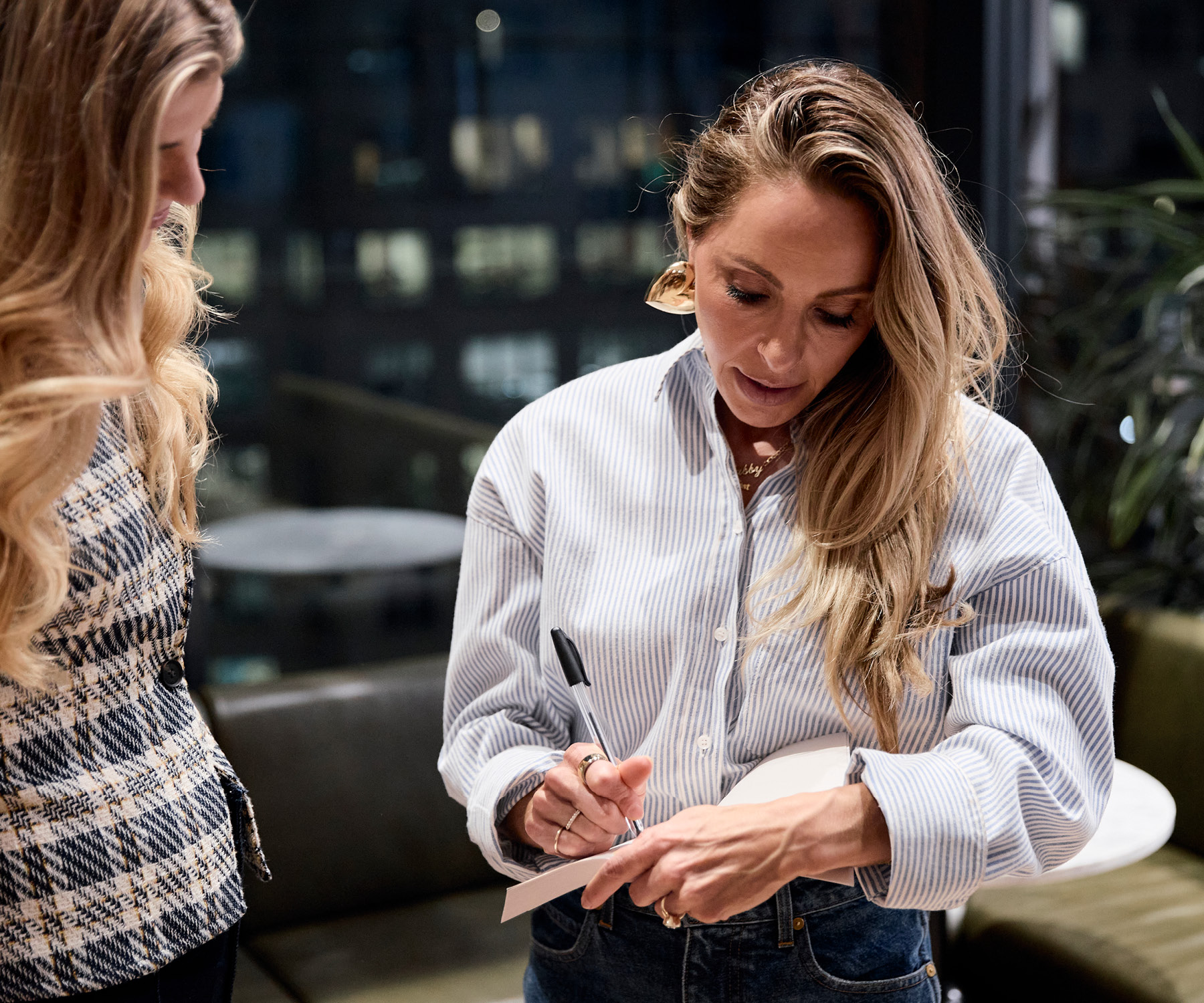
“That fear of being inadequate, not smart enough, not good enough, feeling like a fraud could have blocked me from writing this book.”
That memory, Bernstein says, still holds emotion and energy. But now, she doesn’t run from it. “Instead of shutting her down, I witness what she needs to express.
“Believe in me,” she responds. And with that, Bernstein carries on – connected to her inner knowing, no longer ruled by fear.
“That fear of being inadequate, not smart enough, not good enough, feeling like a fraud could have blocked me from writing this book,” she says.
“How many of you feel blocked by beliefs like that?” she asks. Hands raise and heads nod. We’ve all been there.
The four-step method to claim your confidence
Bernstein then outlines the four steps she teaches in Self Help, inviting the audience to try them for themselves:
1. Check in: “Ask, ‘What’s blocking me?’ Get quiet, close your eyes and try to connect to that part of you. Just listen and relax. Focus your attention inward.”
2. Become curious: “Where does this part live in your body? What thoughts or feelings are connected to this part of you? How old is this part of you? How long has it been around?”
3. Compassionately connect: “The third step is to compassionately connect to this part. Ask this part what it needs. Take a nice deep breath and breathe love into your body. On the exhale, let it go.”
4. Notice the confidence: “This fourth step is easy, you just notice the confidence that’s coming through naturally. Check for your ‘C’ qualities – do you feel more calm, connected, clear, creative, confident? That’s it. Rinse and repeat.”
Bernstein ends the night with a final ask to repeat those four steps every day.
“Just one minute, once a day for 40 days,” she says. “Let me know how it goes.”
And above all, she adds, “Expect miracles.”


